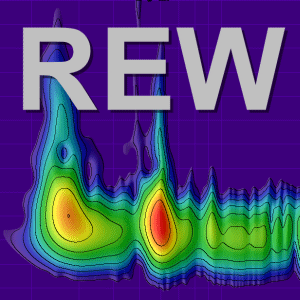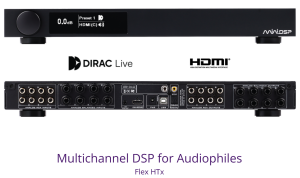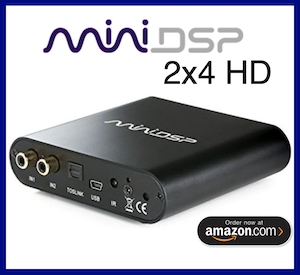snives
Registered
Thread Starter
- Joined
- Jan 21, 2025
- Posts
- 2
I'm taking multiple measurements of the same driver and getting inconsistent Estimated IR Delays. I'm using a tweeter as the Acoustic Timing Reference, and then measuring that same tweeter. I would expect any delay to be 0 when using the same driver for both the timing reference and the signal, But what I get instead is a variety of delays from -0.09ms to 0.3 ms. This inconsistency is making my measurements unusable. What do I do?
Background:
I'm using a UMIK-1, have the mic 30" from the tweeter on axis. Using the left channel for Acoustic Timing Reference, and also using left channel for measurement. I plan to use the tweeter as the acoustic timing reference when measuring other drivers on the right channel at later steps where I would observe a delay. I'm building a 3-way speaker, with passive crossover and the base assumption is drivers are time aligned. The speaker is a passive speaker system, I do not have an active system or dsp equiment. Using REW V5.31.3.
Background:
I'm using a UMIK-1, have the mic 30" from the tweeter on axis. Using the left channel for Acoustic Timing Reference, and also using left channel for measurement. I plan to use the tweeter as the acoustic timing reference when measuring other drivers on the right channel at later steps where I would observe a delay. I'm building a 3-way speaker, with passive crossover and the base assumption is drivers are time aligned. The speaker is a passive speaker system, I do not have an active system or dsp equiment. Using REW V5.31.3.












